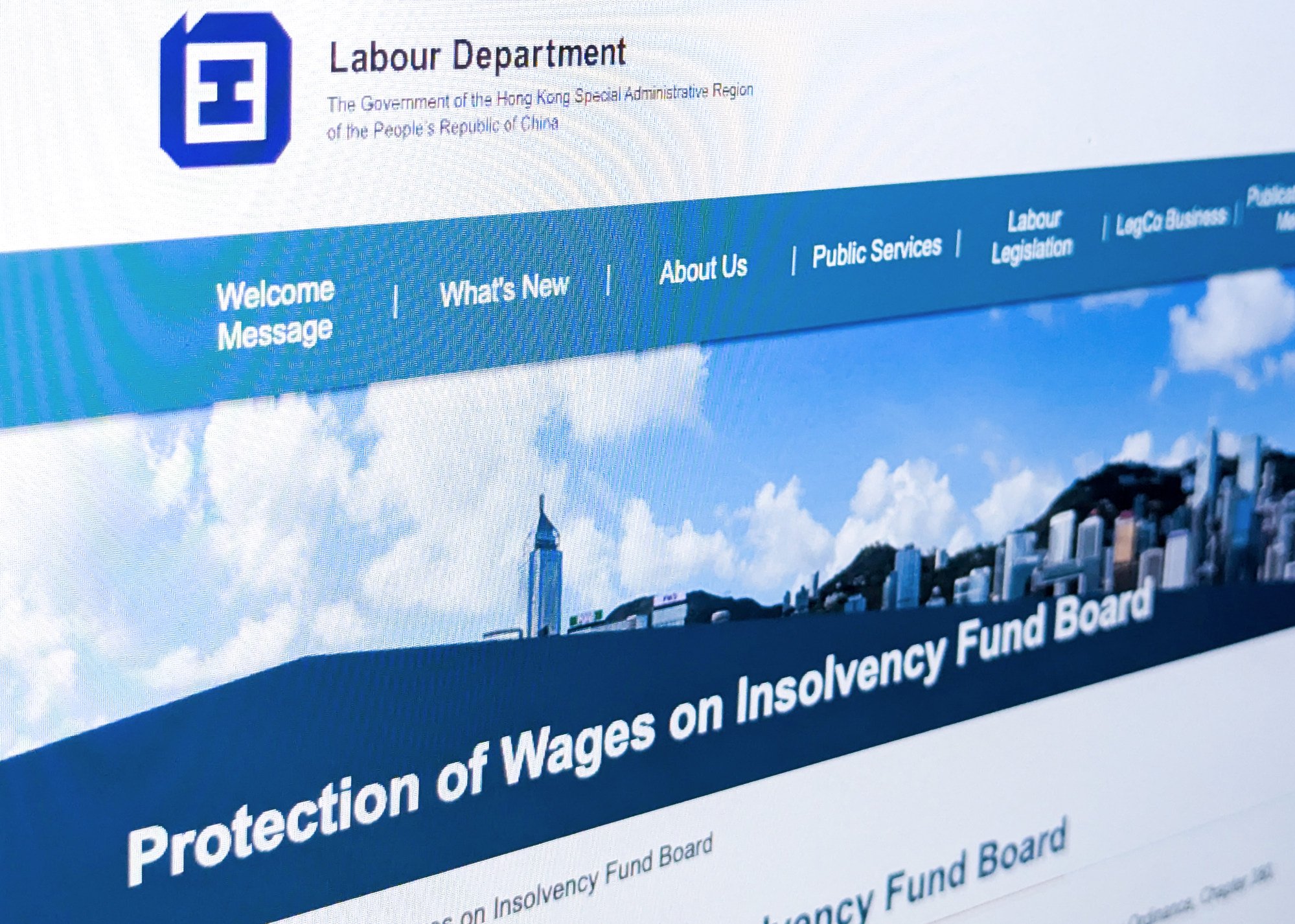Hong Kong Congee Chain Closure: What Options Do Unpaid Workers Have?

Ocean Empire Food Shop, a popular 33-year-old congee restaurant chain, stunned Hongkongers following the abrupt closure of all its outlets, leaving more than 100 employees in limbo over unpaid wages.
The Post explores how workers can protect themselves in case of their employers’ insolvency.
The restaurant chain, held by Ocean Empire International, told employees about its decision to shut all its seven outlets and go into liquidation in a letter on Wednesday night, blaming worsening operating and financial conditions for the closure.
It also told employees to file claims for outstanding wages, payment in lieu of notice, accrued annual leave and severance pay, and to consult the Labour Department regarding their legal rights.
On Thursday, the department said it received requests for help from more than 80 staff members seeking outstanding wages and related payments of HK$8 million (US$1 million).
More than 100 employees have also sought help from a union, with up to 20 imported workers from mainland China facing eviction from their dormitory and anxious about being sent home without collecting unpaid wages.
Founded in 1992, Ocean Empire was known for its Cantonese congees, fried dough sticks and rice noodle rolls – dishes typically served in a Chinese-style breakfast.
The company, which claimed to be the city’s first congee chain, had more than 30 branches at its peak, but was left with just seven, including those in Wan Chai, Causeway Bay, Kwun Tong, Mei Foo and Fanling.
If an employer has become insolvent, workers should seek help from the Labour Department as soon as possible to recover arrears of wages, severance payment, holiday benefits and other sums owed.
Unpaid workers may need to present a bankruptcy or winding-up petition against their insolvent employer.

According to the Labour Department, when an employer closes down their business and is unable to pay severance payment, the employees can apply to the Protection of Wages on Insolvency Fund for ex gratia payment, which covers wages owed to an applicant and outstanding payment for leave and end-of-year payment.
But the maximum amount of wages one can claim is HK$80,000 with the severance payment being raised up to HK$200,000 plus 50 per cent of any excess entitlement.
The Labour Department will assist them in applying for ex gratia payment from the fund and commencing bankruptcy or winding-up proceedings against the employer.
Once a bankruptcy or winding-up order against the insolvent employer is made, workers should file their proof of debt with the Official Receiver’s Office for the sums owed to them as soon as possible.
The fund, set up in 1985 to provide timely relief in the form of ex gratia payments owed to employees by their insolvent employers, is administered by the fund board and financed by a flat annual business registration certificate levy. Other sources of income include returns from deposits of the fund’s balance.
According to the latest data submitted to the Legislative Council, the government’s insolvency fund has recorded a deficit of HK$24.1 million as of February this year, and the deficit is expected to grow to HK$1.13 billion in the next financial year 2025-26.
Food and beverage service activities have been among the top three industries asking for the largest amount of ex gratia payment from the fund for the past three years, which has increased more than three times from HK$14.8 million in 2022 to HK$45.5 million last year.
If necessary, the fund can apply for a bridging loan from the government to tide over its cash flow problems.


